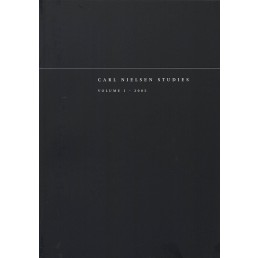Flatwards Bound: Defining Harmonic Flavour in Late Nielsen
DOI:
https://doi.org/10.7146/cns.v5i0.27772Abstract
Early studies of Nielsen’s harmony focused on large-scale tonal design, tracking the progression of key areas across large spans of time. With this foundation in place attention has increasingly turned to moment-to-moment qualities in Nielsen’s harmony. Fanning, for instance, attributes its ‘characteristic flavour’ to the ‘interpenetration of modal and tonal elements’. I attempt to define this ‘flavour’ by identifying at least some of its ingredients in passages taken principally from the Fourth and Fifth Symphonies and from the Clarinet Concerto. After discussing the variety of ways and contexts in which these modulations unfold – modulation to a remote key; non-functional modulation; modal interchange and polymodality; mobile pitches and oscillating macroharmony; superimposed scales; and, fluctuating collection modulation – I conclude that Nielsen has a tendency to modulate flatwards at the local level. My approach is informed by Dmitri Tymoczko’s A Geometry of Music: Harmony and Counterpoint in the Extended Common Practice (2011).Downloads
Published
2012-10-01
How to Cite
Rival, R. (2012). Flatwards Bound: Defining Harmonic Flavour in Late Nielsen. Carl Nielsen Studies, 5. https://doi.org/10.7146/cns.v5i0.27772
Issue
Section
Articles
License
- Authors retain copyright and grant the journal right of first publication with the work simultaneously licensed under a Creative Commons Attribution License that allows others to share the work with an acknowledgement of the work's authorship and initial publication in this journal.
- Authors are able to enter into separate, additional contractual arrangements for the non-exclusive distribution of the journal's published version of the work (e.g., post it to an institutional repository or publish it in a book), with an acknowledgement of its initial publication in this journal.

